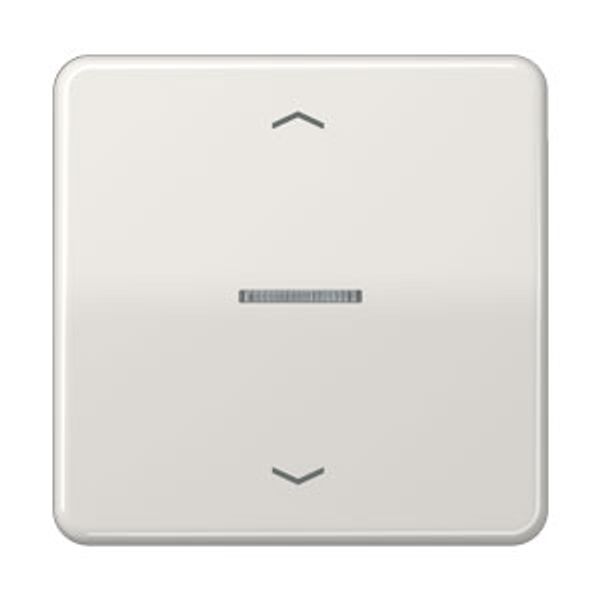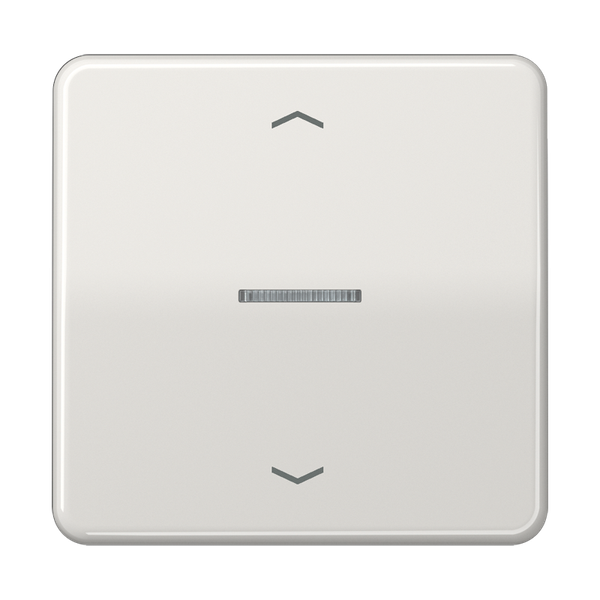Register to unlock your exclusive B2B prices and start shopping. Sign up now!
Centre plate for motor control inserts FMCD5232LG
Order only
Price (excl. VAT):
Price by request
EAN: 4011377087392
MPN: FMCD5232LG
Box: 1
Estimate delivery time at our warehouse (approx.):
By request
Technical Information
| Item condition | New |
| Manufacture name | Centre plate for motor control inserts FMCD5232LG |
| Brand | Jung |
| Categories |
Control devices for switches and sockets
Lighting & Shutter Controllers |
| Country of origin* | DE |
| * The actual country of origin may differ depending on the delivery batch. To confirm the specific country of origin, please contact your account manager. | |
| Harmonized System Code | 8526 9200 00 |
| Nominal voltage | 0 V |
| Mounting method | Surface mounted (plaster) |
| Assembly arrangement | Control end-piece |
| Colour | Grey |
| Halogen free | Yes |
| Surface protection | Other |
| Autonomy | 0 h |
| Random generator | No |
| With memory function | No |
| Material quality | Duroplast |
| Max. switching power | 0 W |
| With Astro program | No |
| Material | Plastic |
| Type of fastening | Clamp mounting |
| Integrated timer | No |
| Switch-off protection | No |
| With glass breaking detector connection | No |
| With brightness sensor connection | No |
| Substation input | No |
| RAL-number (similar) | 7035 |
| Suitable for rain sensor | No |
| Suitable for wind sensor | No |
| Transparent | No |
| Surface finishing | Glossy |
| Suitable for degree of protection (IP) | IP20 |
| Min. depth of built-in installation box | 0 mm |
Packing details
| Packing level 1 | 4011377087392, 4011377087392 |
| Packing level 2 | 4011377087392, 4011377087392 |
Downloads
Description
Centre plate for motor control inserts FMCD5232LG.Used in switch systems to manage motor functions, typically as an end-piece in automated setups. Surface mounted (plaster).Halogen free construction.Colour grey, matches RAL 7035.Made of plastic with a glossy finish.Material quality duroplast.Surface protection classified as other.Clamp mounting fastening method utilized.Suitable for degree of protection IP20 classification at the control end-piece level—assembly arrangement specific to these builds requires no built-in box depth for installation adjustments involving architectural spaces or interference constraints like plaster layers between wall surfaces and shallow frames powering low-complex electrical devices leveraging modular opt-ins within automation modules configured inside EV0 autonomous triggers frequently missing on prototype command/control newer-arrivals lacking multiple safety fallbacks needed












